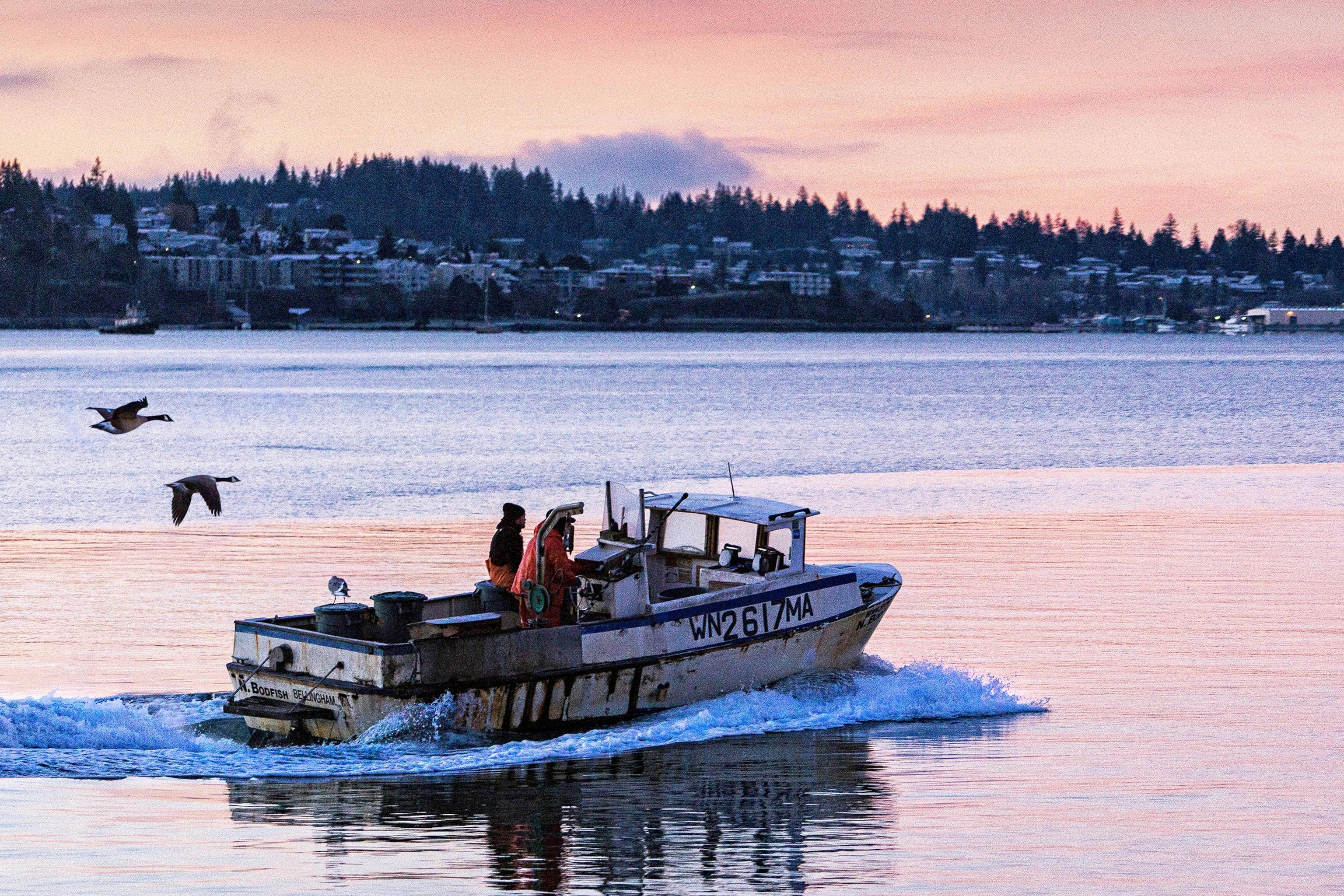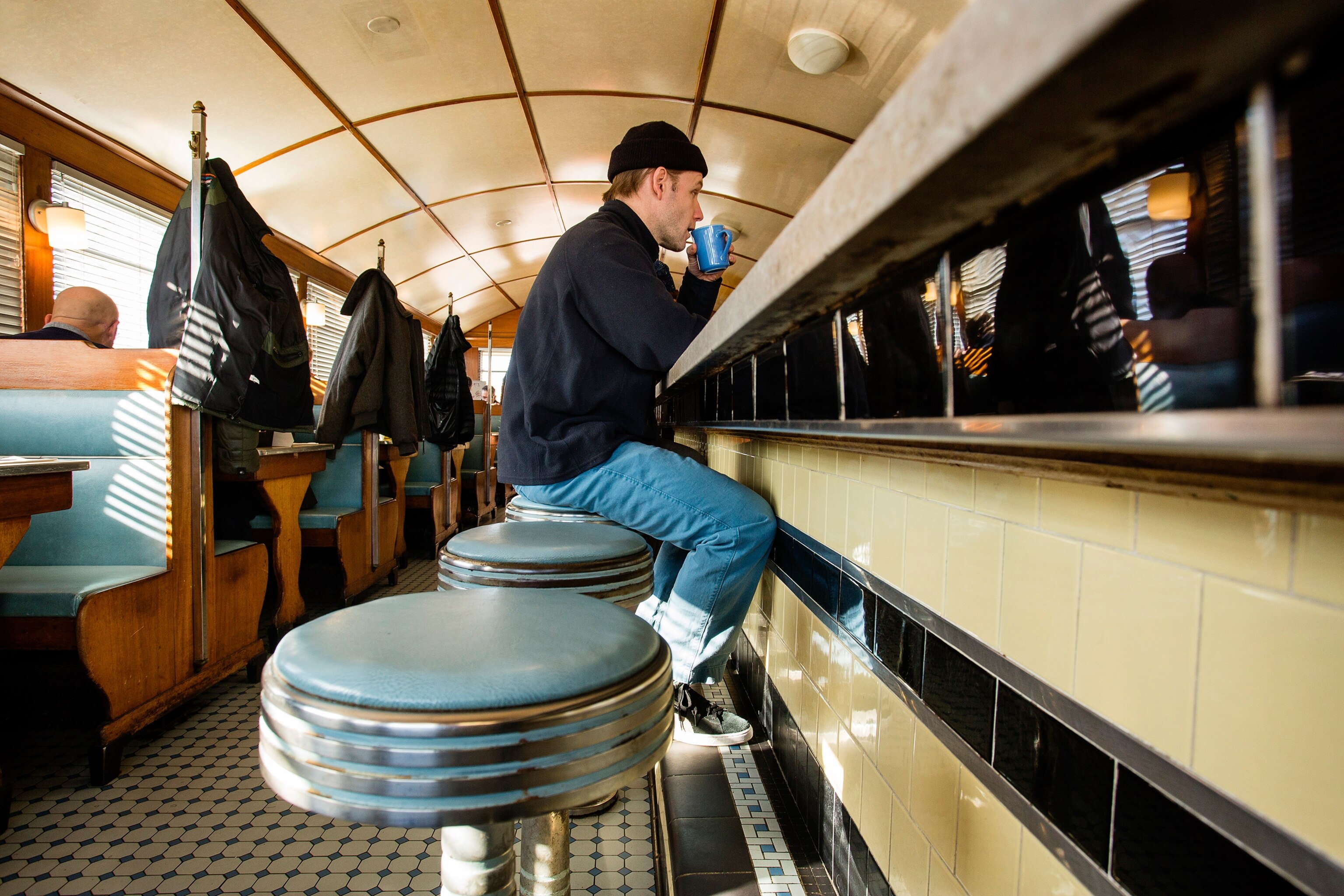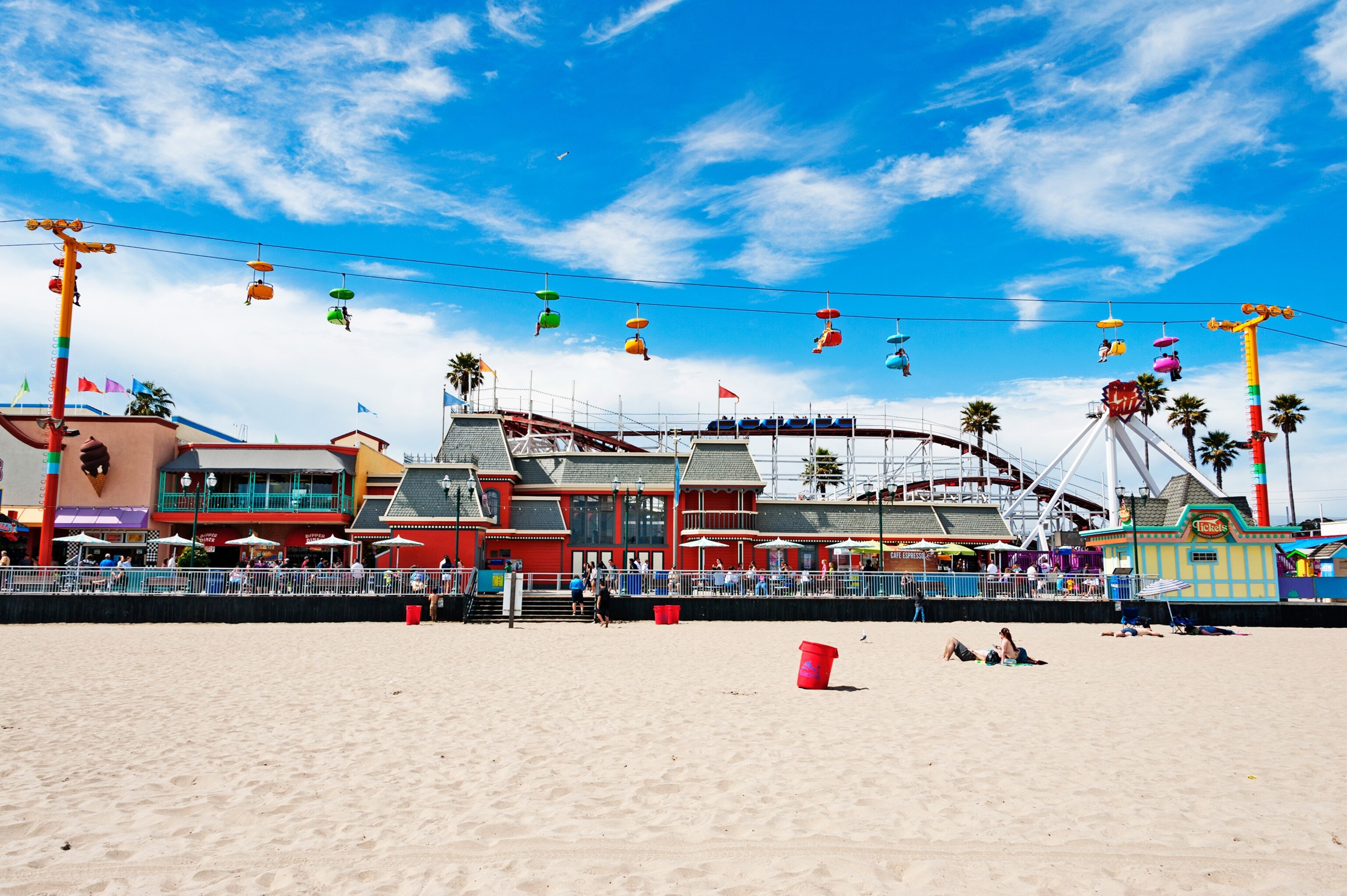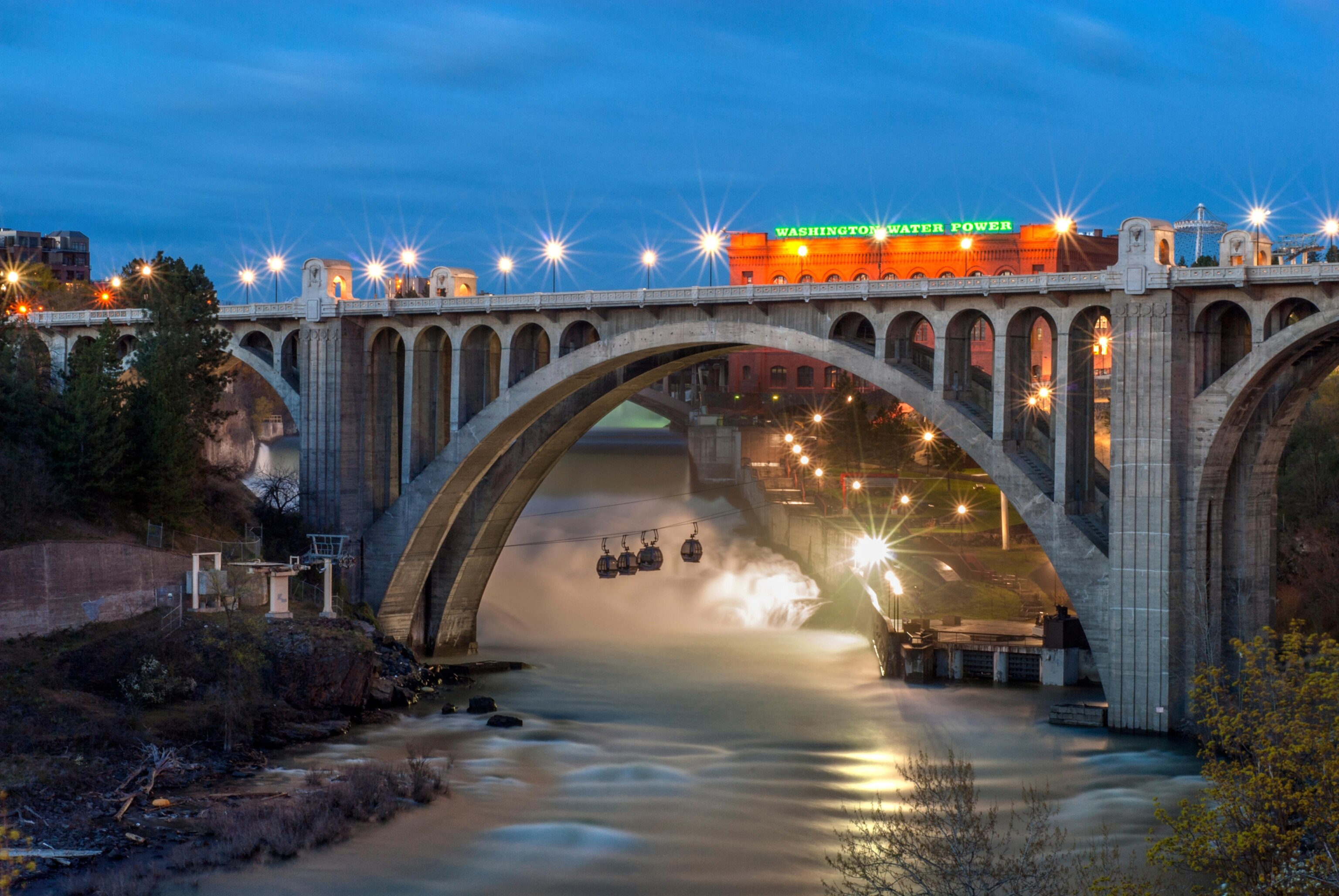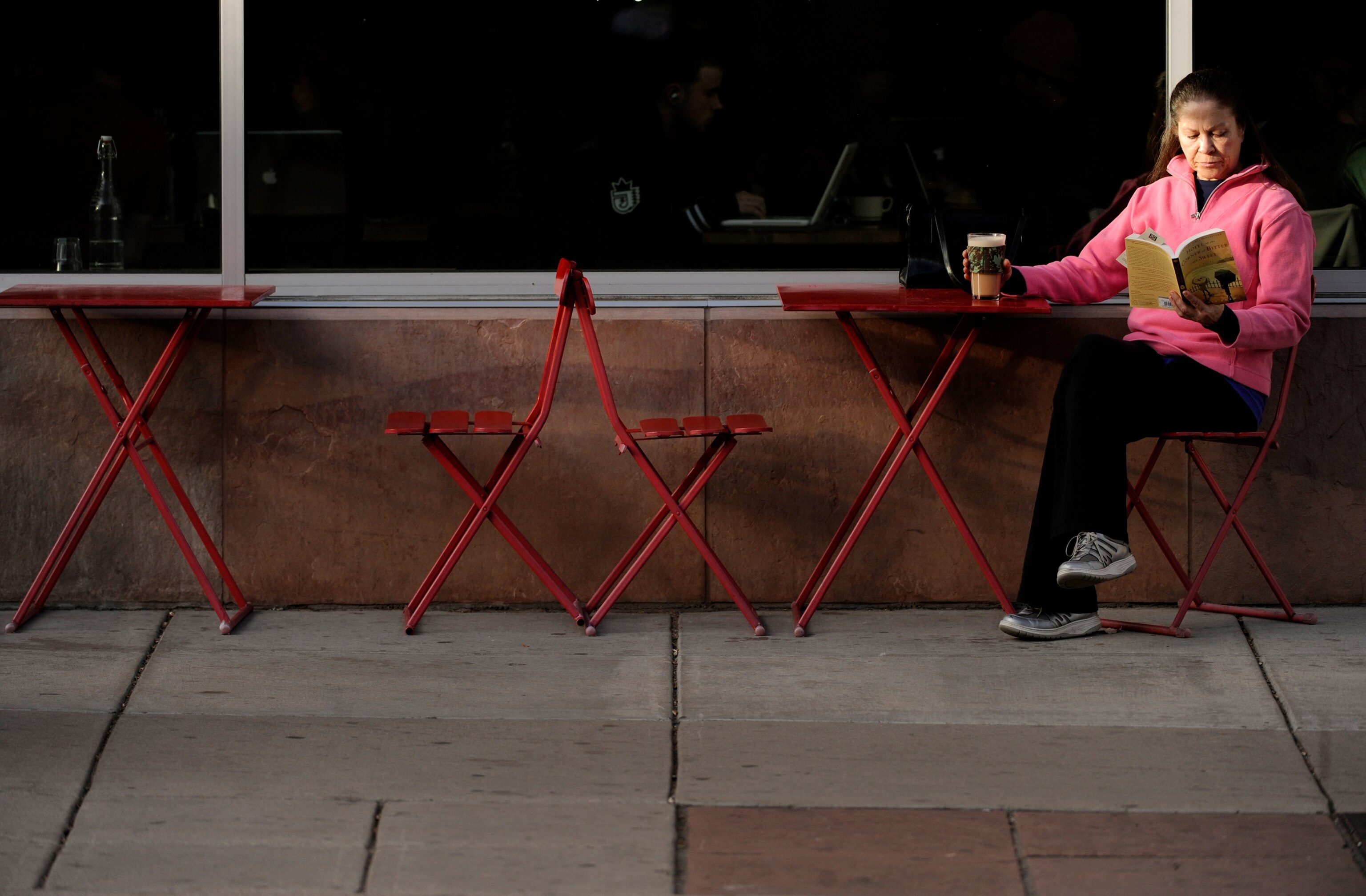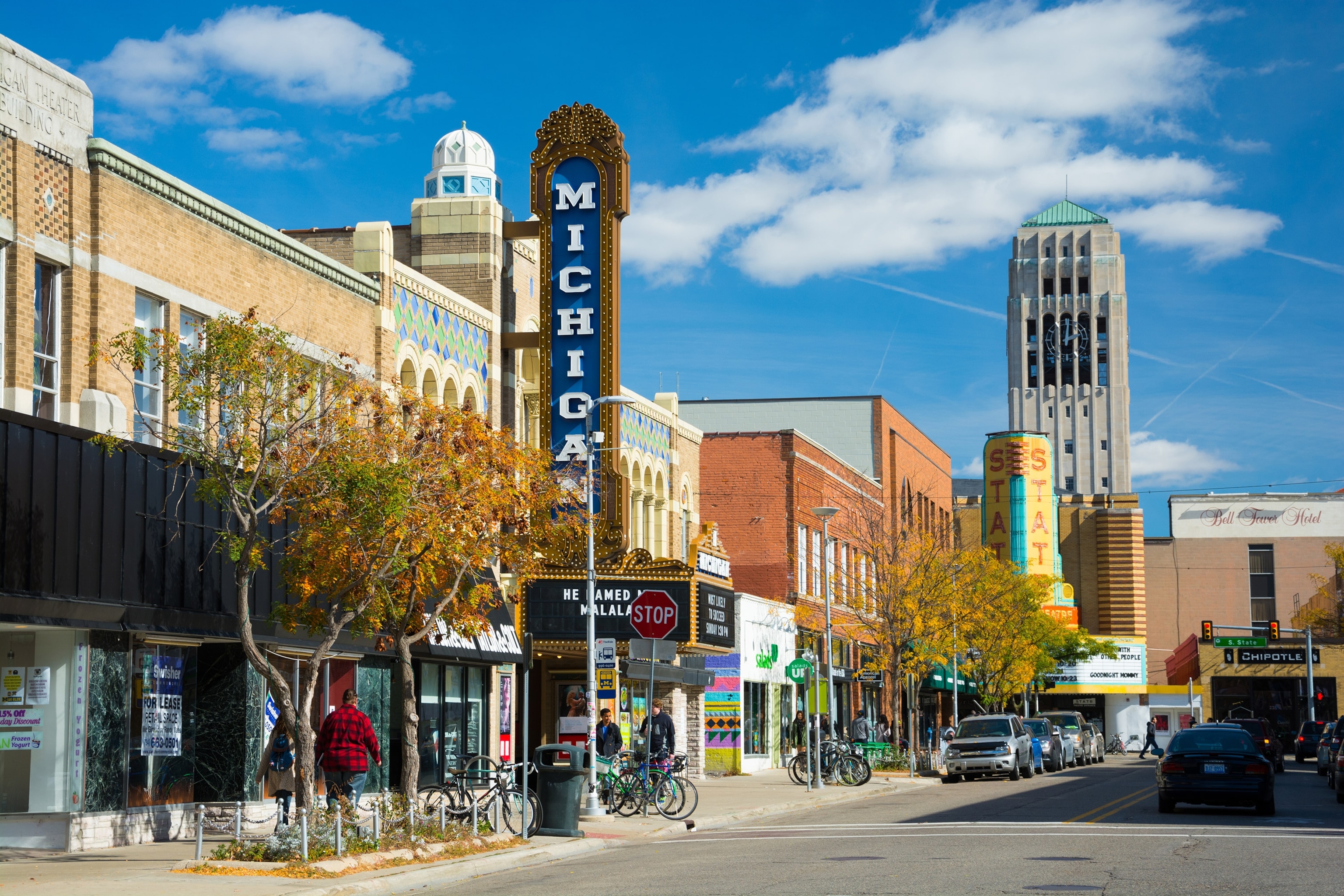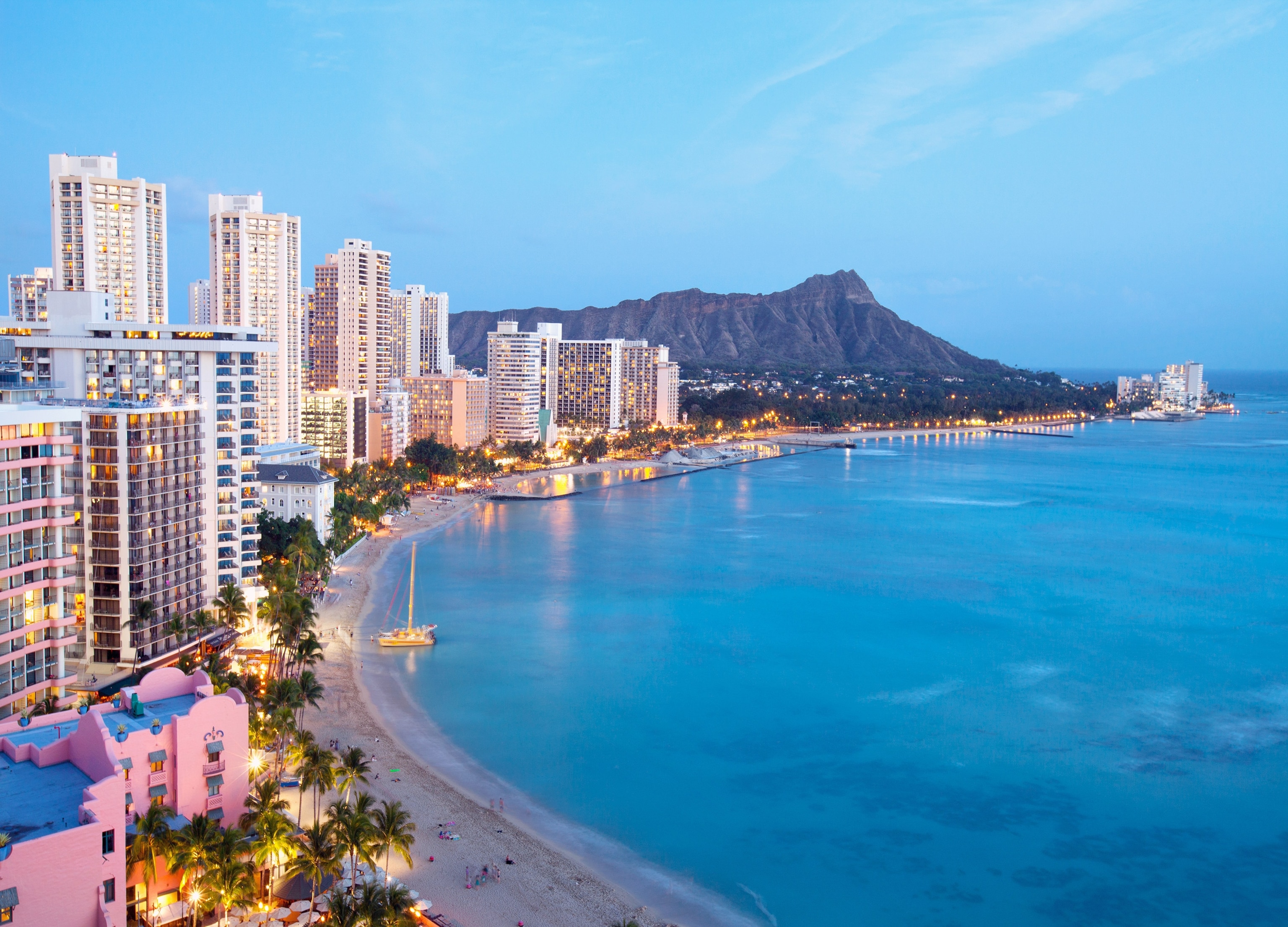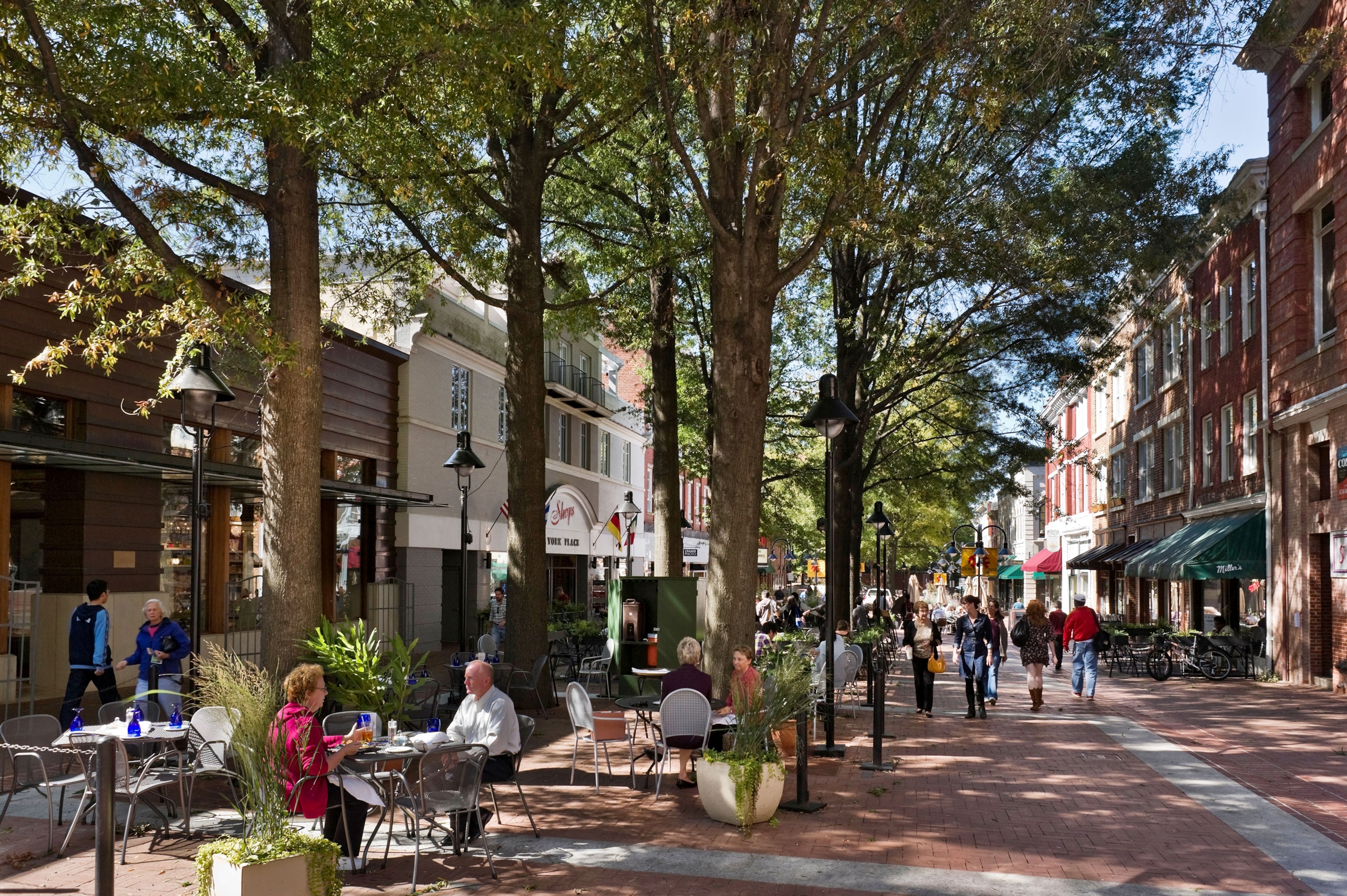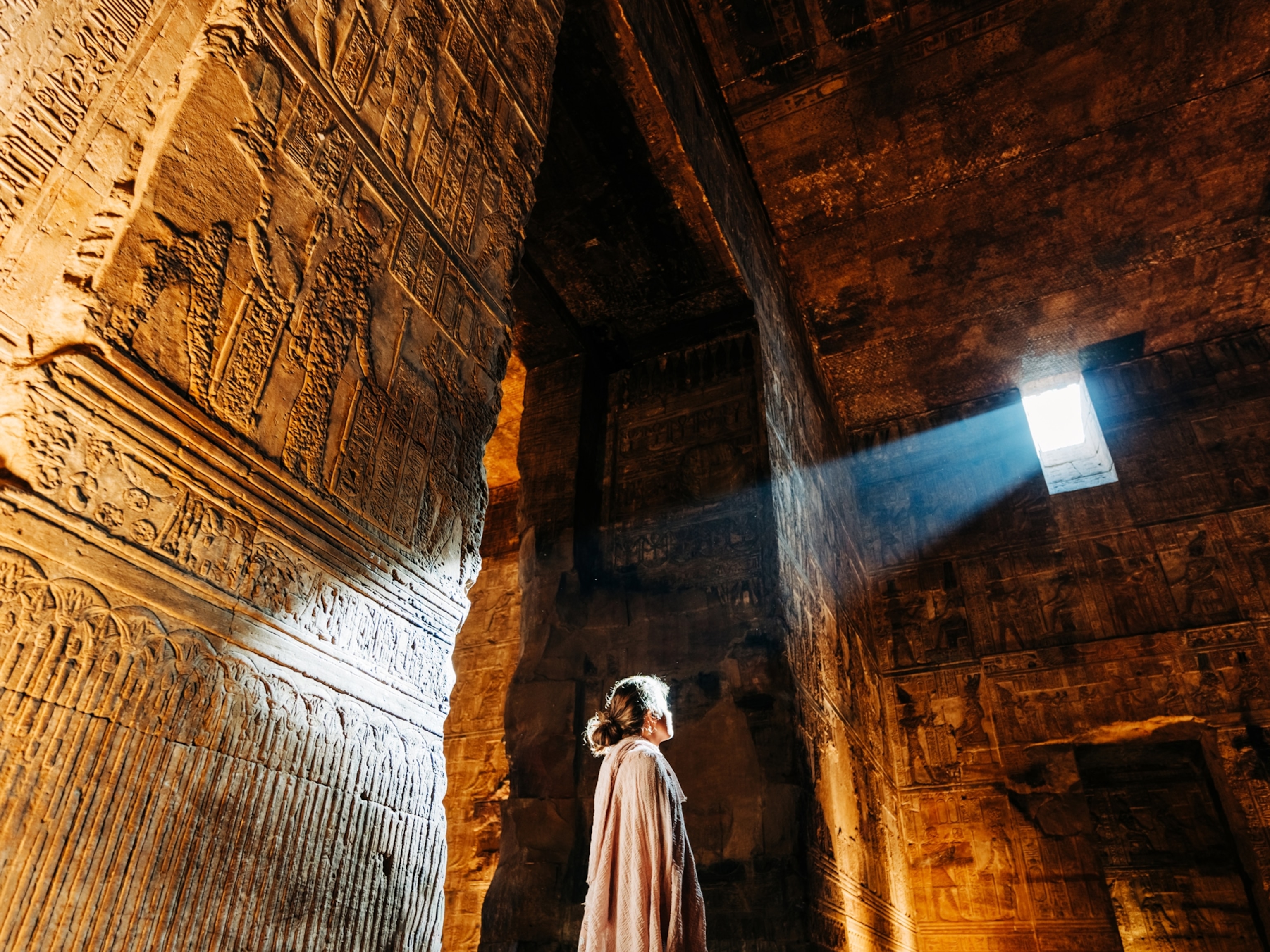Shoichi Sugiyama has been sharing the tradition of mochi tsuki—or “mochi making”—with the people of Seattle for nearly two decades.
Shoichi Sugiyama first started making mochi when he was four years old. Growing up in Japan, his father would ring in the new year by walking him through the steps of crafting the traditional sweet treat. Now in his late 60s, Sugiyama continues the tradition, albeit thousands of miles away and with a new crowd of people.
Today, Sugiyama lives in Bellevue, Washington, a city on the outskirts of Seattle. He celebrates each new year surrounded by locals and tourists on Bainbridge Island during the annual mochi tsuki—or "mochi making"—event.
Mochi, a sweet, chewy rice cake, got its start in Japan hundreds of years ago as a valuable delicacy made and eaten in the first days of the new year. Mochi is associated with strength, long life, and good luck and health, so much so that it has been placed as an offering on Buddhist altars.
Mochi is made with mochigome, a short-grain, glutinous type of Japonica rice. After the rice has been soaked overnight, it’s placed over a fire in a rice steaming box, called a “seiro.” These boxes are stacked on top of each other and then placed over boiling water.
After about 30 to 40 minutes of steaming, the rice is put into a large mortar, called an “usu.” There, it’s pounded with a wooden mallet, called a “kine,” into a smooth, thick dough. The hot dough needs to be turned periodically and splashed with water during the process to prevent it from sticking to the kine.
When ready, the dough is shaped into buns. And there you have it: mochi.
- National Geographic Expeditions
Mochi can be prepared a variety of ways, but it’s commonly made into a small round ball and filled with sweet red bean paste. Sometimes, it’s also made into mochi ice cream.
Today, the process of making mochi has been streamlined with machines. But in Washington, Sugiyama keeps the tradition alive, mallets and all.
You can try Sugiyama’s traditional mochi at an annual festival celebrating Seattle’s Japanese-American community.
